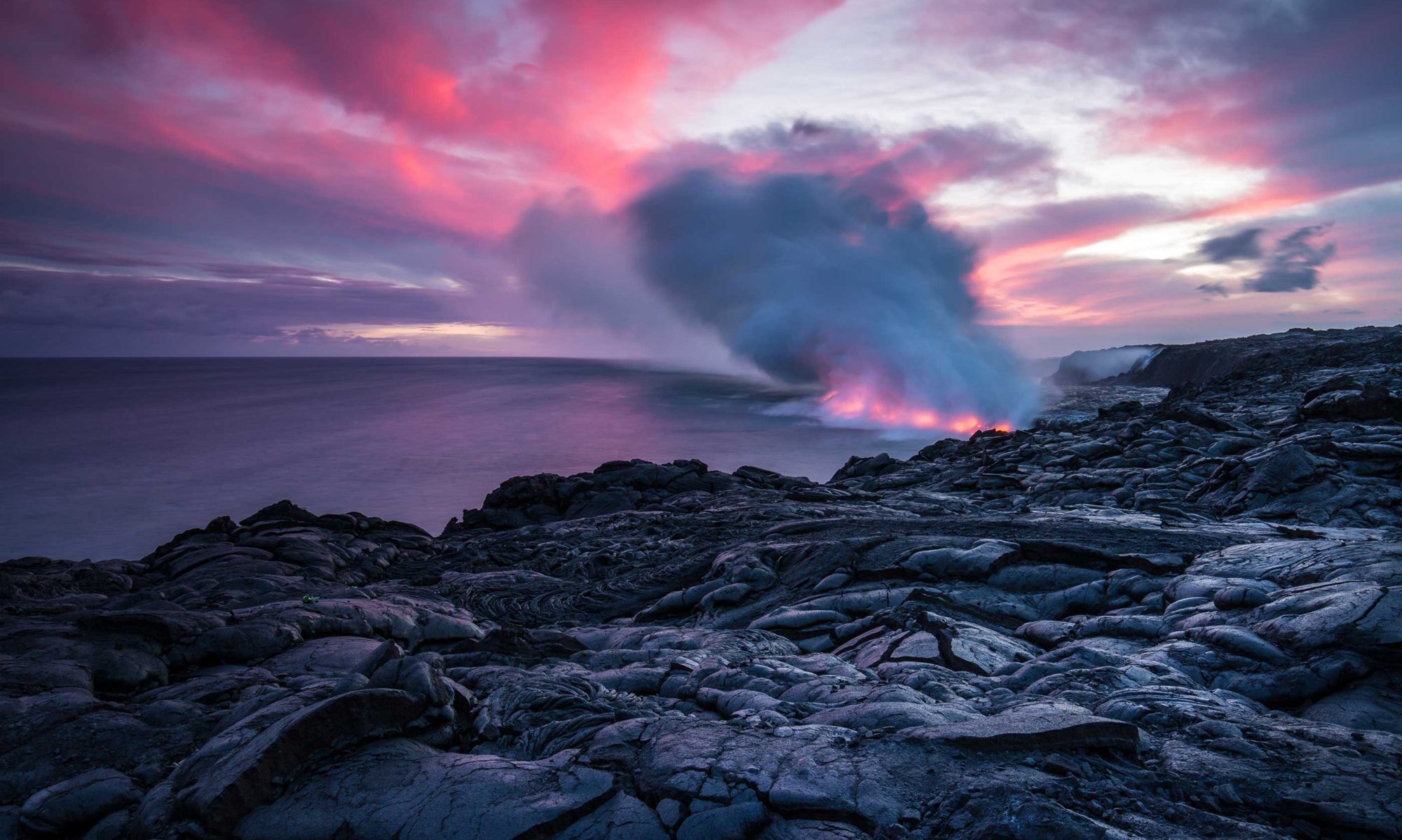Cratonic thinning beneath midwest reshapes crust
A recent study has uncovered a remarkable geological process occurring deep beneath the Midwestern United States: a buried remnant of an ancient tectonic plate, known as the Farallon slab, is pulling the underside of the North American crust down into the mantle. This phenomenon is resulting in what scientists describe as “drips” of rock that …
Continue reading “Cratonic thinning beneath midwest reshapes crust”

